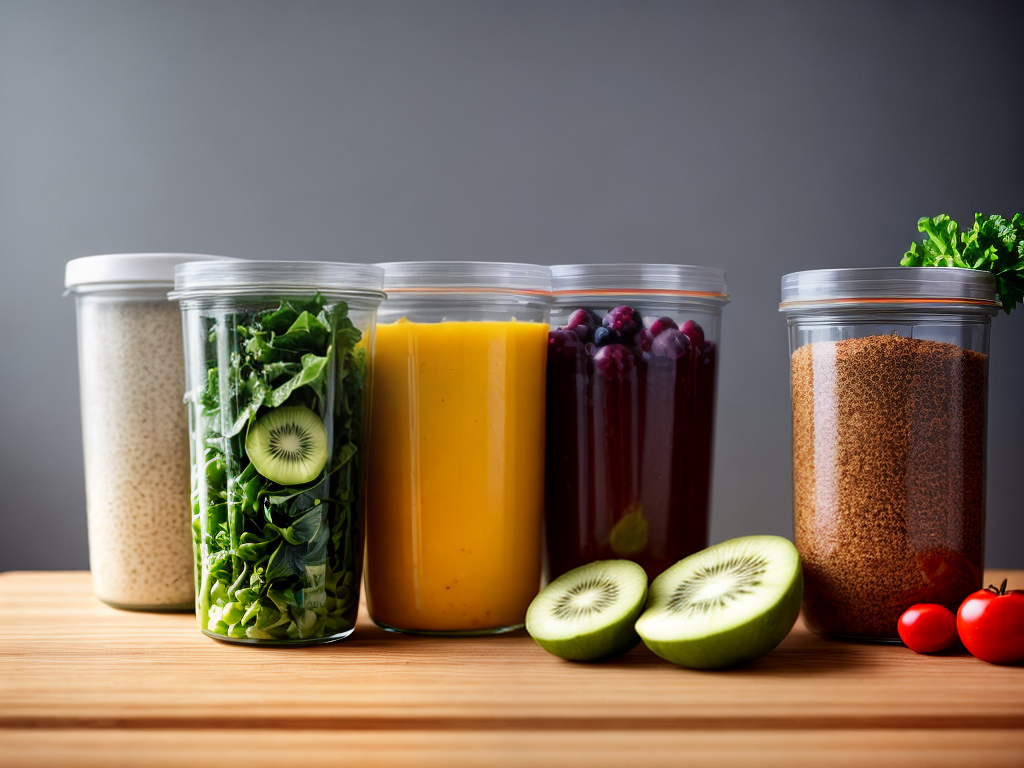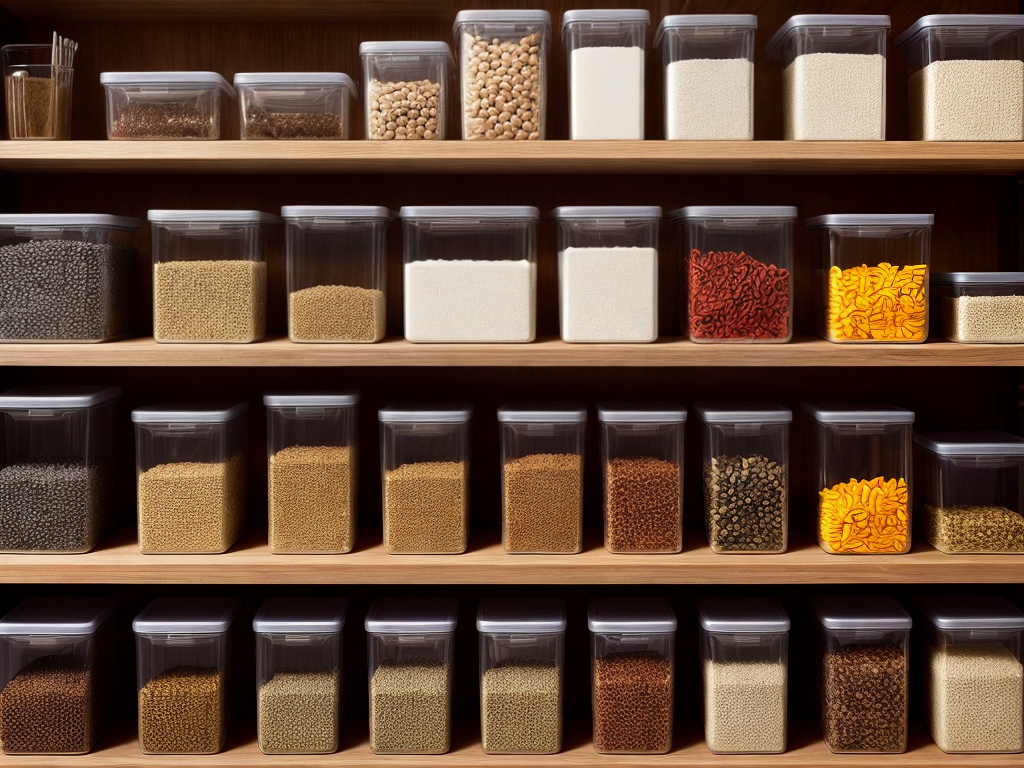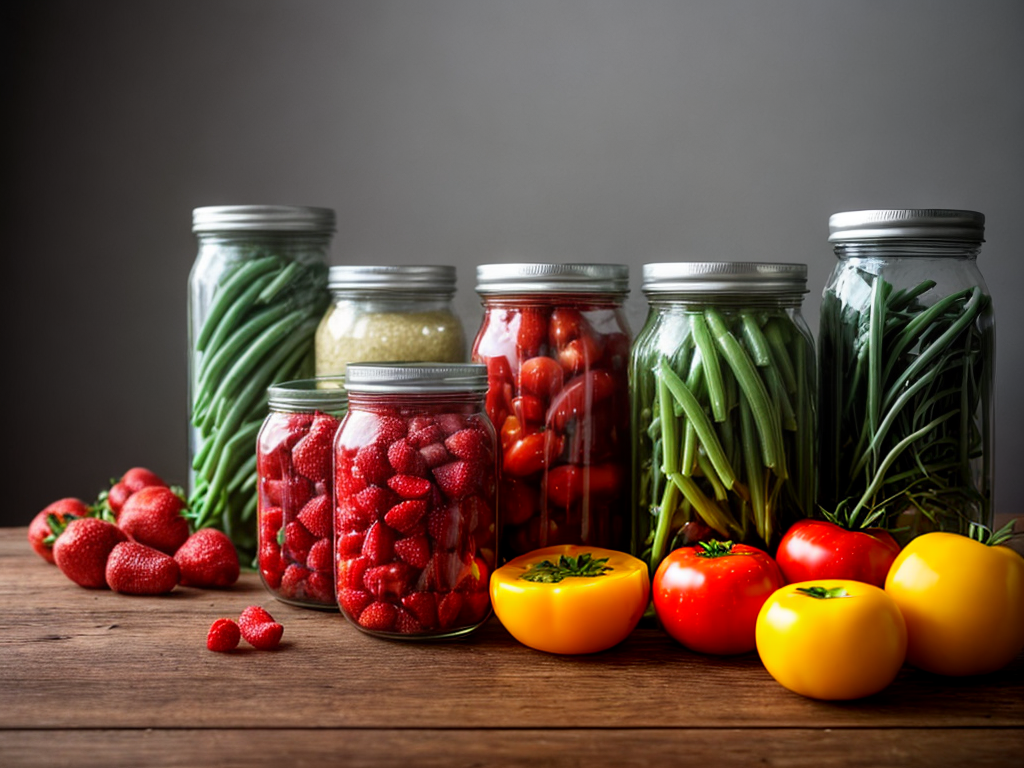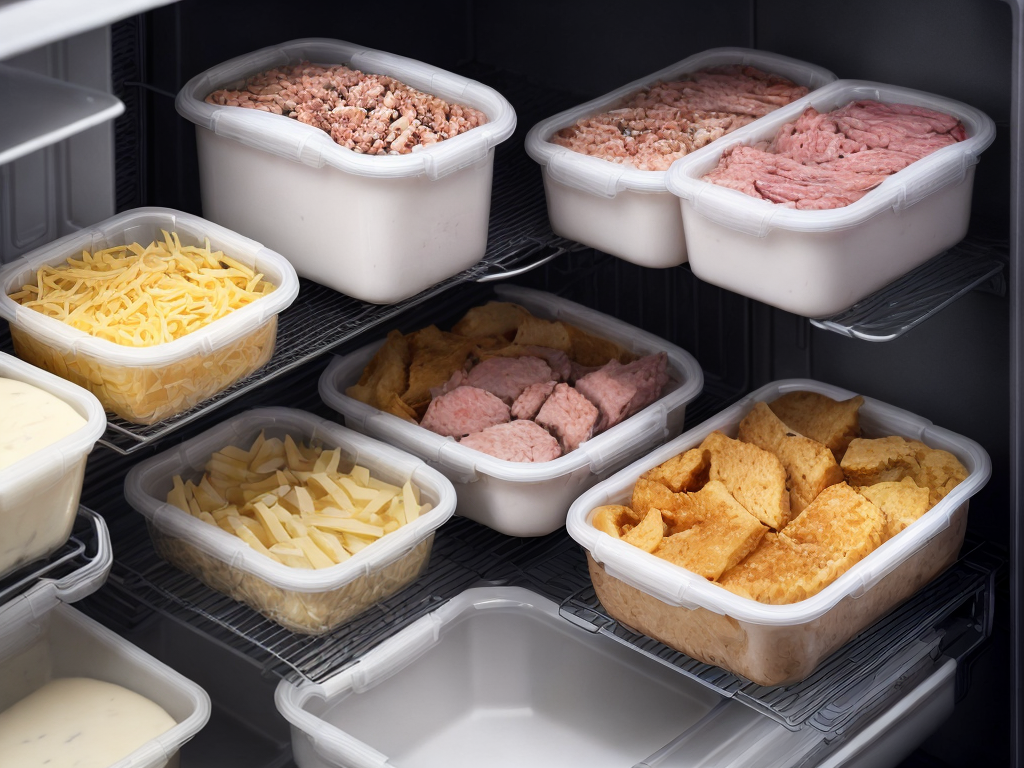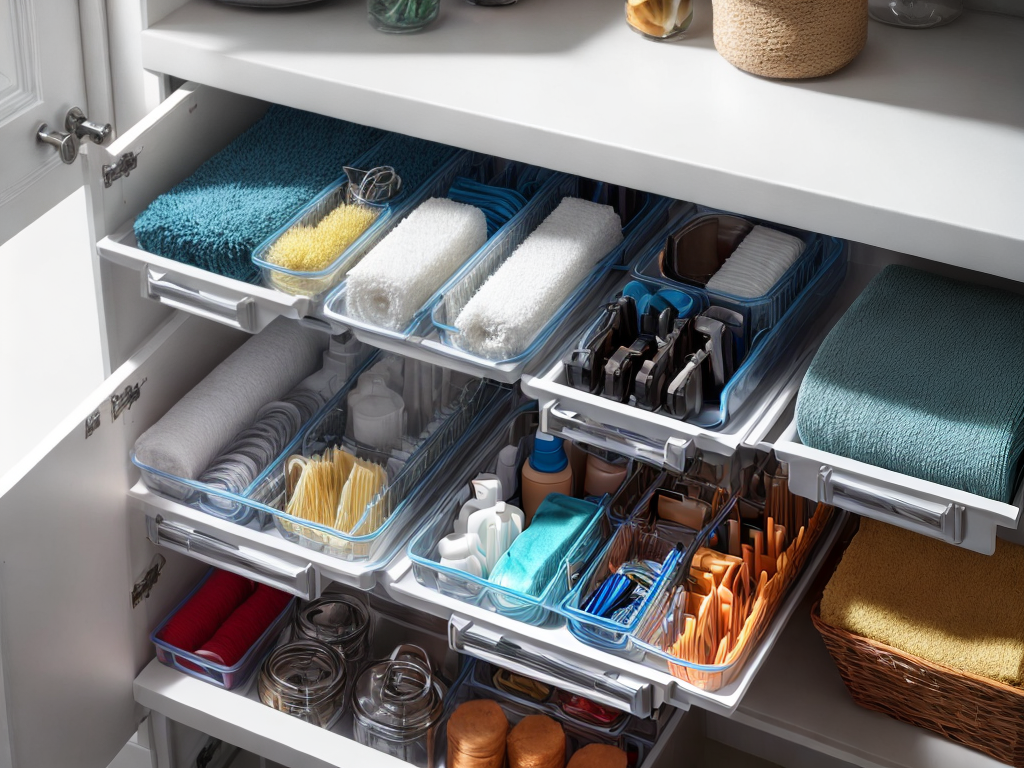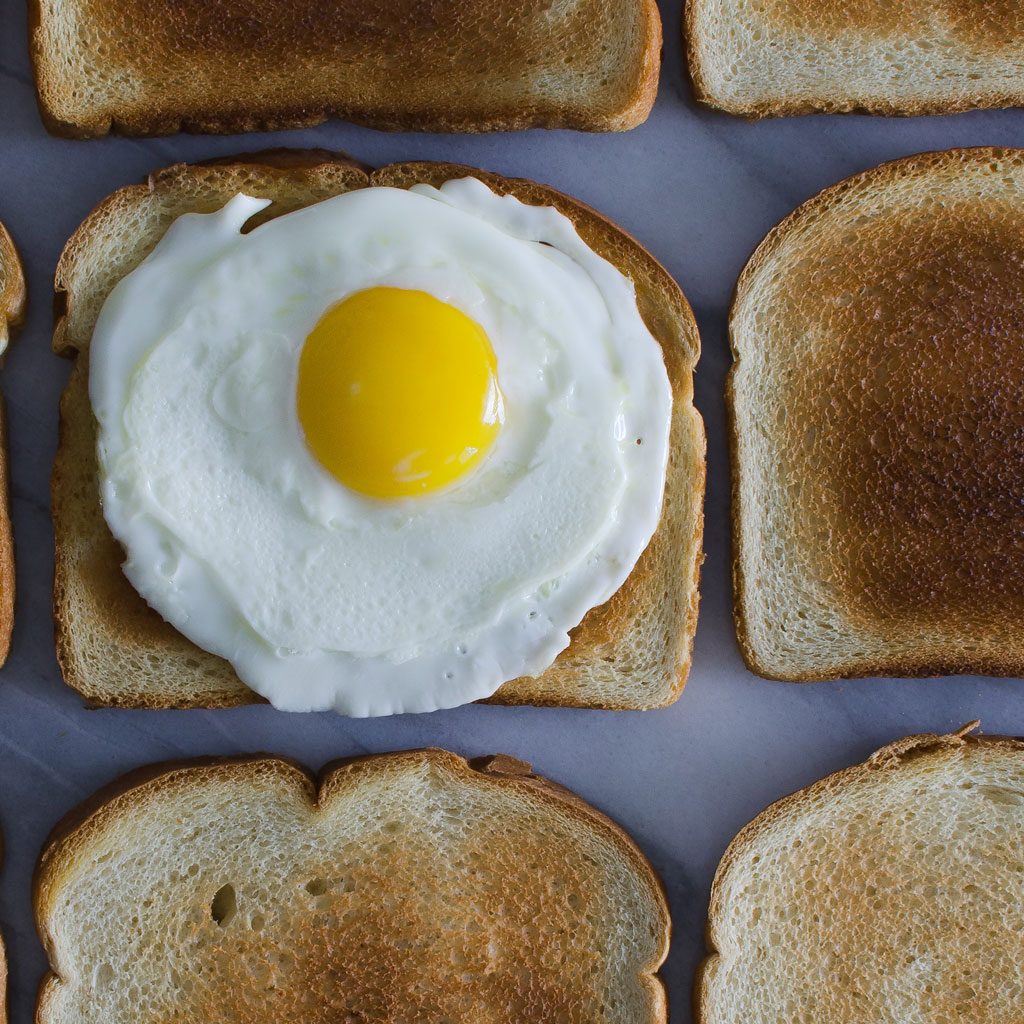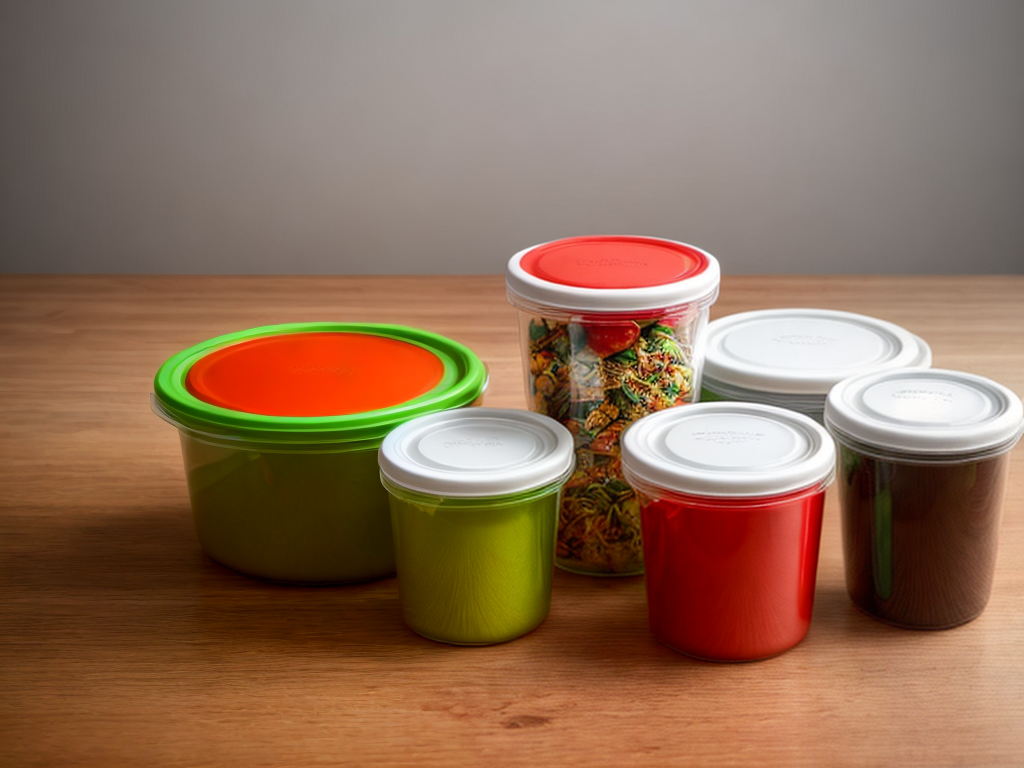
When it comes to storing leftovers, I’ve always been torn between using glass containers or plastic ones. Glass is known for its durability and ability to withstand high temperatures, making it ideal for both reheating and storing food. On the other hand, plastic containers are lightweight and easy to stack, making them convenient for those on the go. But which option is truly better for your food storage needs? In this discussion, we’ll explore factors such as durability, freshness, ease of use, environmental impact, and health and safety concerns to help you make an informed decision. Stay tuned to find out which material comes out on top!
Durability and Longevity
When comparing glass and plastic for food storage, the durability and longevity of each material play a crucial role in determining their overall effectiveness. Glass containers are known for their superior durability, as they are less prone to scratches and cracks compared to plastic. This makes them more resistant to wear and tear, ensuring that they will last longer. Plastic containers, on the other hand, are more susceptible to scratches and can become brittle over time, which can lead to cracks and breakage. In terms of longevity, glass containers have a clear advantage. They are not affected by the passage of time or exposure to heat and chemicals, unlike plastic containers that can degrade and leach harmful substances into the food. This longevity factor also has a significant impact on taste. Glass containers do not absorb odors or flavors, preserving the taste and freshness of the food stored in them. Plastic containers, on the other hand, can retain odors and flavors, which can affect the taste of the food. While glass containers may have a higher upfront cost compared to plastic, their durability and longevity make them a cost-effective choice in the long run.
Maintaining Food Freshness
To maintain food freshness, it is important to consider the storage capabilities of glass and plastic containers. Both materials offer different advantages when it comes to food preservation. Here is a comparison of the two storage options:
| Glass Containers | Plastic Containers | |
|---|---|---|
| Pros | – Non-porous material that does not absorb odors or flavors – Resistant to stains and scratches – Can be used in the oven or microwave – Allows for easy visibility of contents |
– Lightweight and easy to handle – More affordable than glass – Flexible and shatter-resistant – Available in various shapes and sizes |
| Cons | – Heavy and breakable – Can be more expensive than plastic options – May require more storage space – Can be challenging to find airtight lids |
– Can absorb flavors and odors over time – Can become discolored or stained – Not suitable for use in high-temperature environments – May not provide as clear visibility of contents |
When it comes to maintaining food freshness, both glass and plastic containers have their pros and cons. Glass containers are great for those who prioritize durability and heat resistance, while plastic containers are more convenient and affordable. Ultimately, the choice between the two will depend on personal preferences and specific storage needs.
Ease of Use and Convenience
Glass and plastic containers offer different levels of ease of use and convenience when it comes to food storage. When considering ease of use, it’s important to look at the features that can save you time and make your life easier. Some time-saving features to consider include:
- Stackability: Plastic containers are often designed to stack neatly, allowing for efficient use of storage space.
- Microwave-safe: Many plastic containers are microwave-safe, allowing for easy reheating of leftovers without the need for transferring food to another dish.
- Snap-on lids: Plastic containers often come with snap-on lids that create a tight seal, preventing leaks and spills during transportation.
- Dishwasher-safe: Plastic containers are typically dishwasher-safe, making cleanup a breeze.
- Lightweight: Plastic containers are lighter than glass, making them easier to carry around, especially for on-the-go meals.
When it comes to portability options, plastic containers have the advantage. Their lightweight nature and snap-on lids make them ideal for taking your food on the go. Glass containers, on the other hand, can be heavier and more fragile, making them less convenient for travel.
Environmental Impact
The environmental impact of glass and plastic containers should be considered when choosing food storage options. Both materials have distinct implications in terms of carbon emissions and waste management. Glass containers are made from natural materials such as sand, soda ash, and limestone, which are abundant and easily obtained. The production of glass requires a significant amount of energy, primarily due to the high temperatures needed during manufacturing. This process contributes to carbon emissions, although it can be mitigated through the use of renewable energy sources. On the other hand, plastic containers are derived from fossil fuels, which are non-renewable resources. The production of plastic also results in carbon emissions, and the disposal of plastic waste poses a significant challenge for waste management systems due to its non-biodegradable nature. While glass is recyclable and can be reused multiple times, plastic recycling is more complex and often leads to downcycling, where the quality of the material decreases with each recycling cycle. Overall, considering the environmental impact, glass containers may be a more sustainable choice compared to plastic containers.
Health and Safety Concerns
Considering the potential health and safety concerns, it is important to evaluate the differences between glass and plastic containers for food storage. Both materials have their own advantages and disadvantages when it comes to health and safety. Here are some key points to consider:
- Glass is non-toxic and does not leach harmful chemicals into food. It is also resistant to stains and odors, making it a safe choice for storing various types of food.
- Plastic containers, on the other hand, can potentially leach chemicals into food, especially when heated. Some plastics contain BPA or phthalates, which have been linked to health issues such as hormonal disruptions.
- Food storage regulations vary by country. In some regions, certain types of plastics are banned for use in food storage due to concerns about potential health risks.
- Glass containers are generally easier to clean and sterilize compared to plastic containers. This reduces the risk of bacterial growth and cross-contamination.
- When it comes to microwave use, glass is a safer option as it does not release harmful chemicals when heated, unlike some plastic containers.
Conclusion
In conclusion, both glass and plastic have their pros and cons when it comes to food storage. Glass offers durability and longevity, helps maintain food freshness, and has minimal health and safety concerns. On the other hand, plastic is convenient and easy to use, but may have a higher environmental impact and potential health risks. Ultimately, the choice between glass and plastic depends on individual preferences and priorities.

